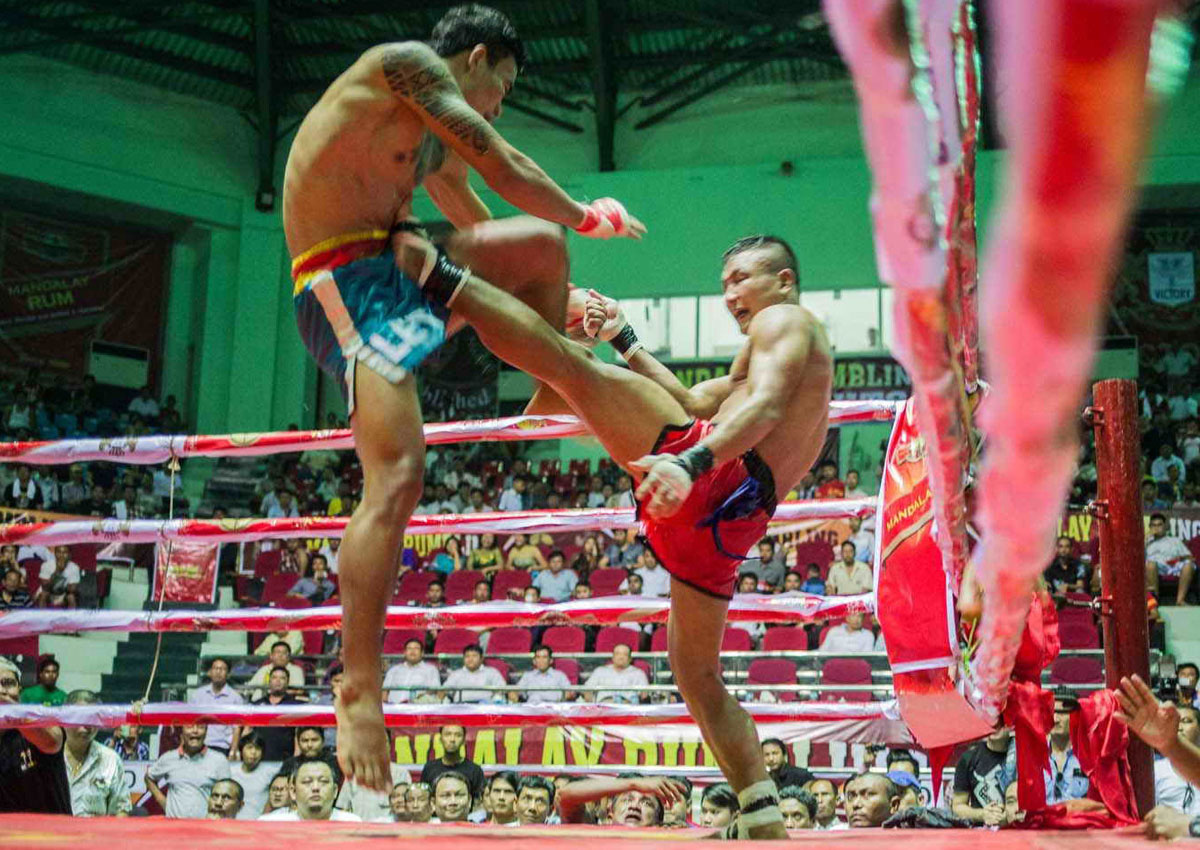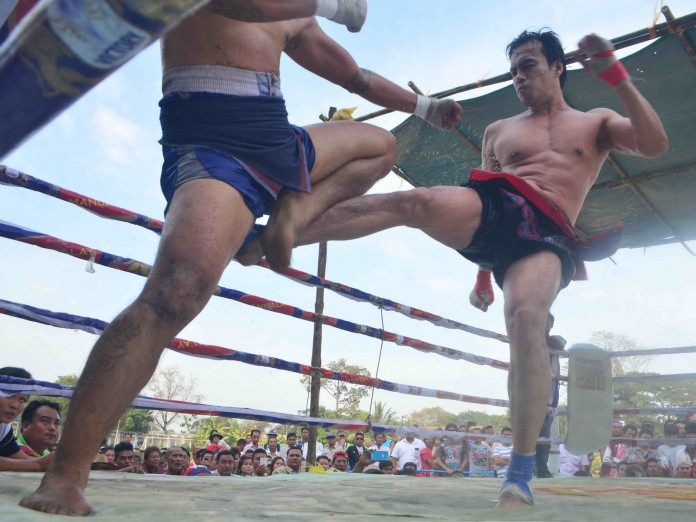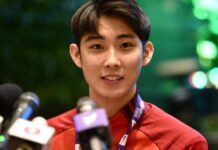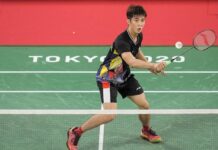In the old days, droves of spectators gathered in communal theatres around rural Myanmar to witness just one thing – Lethwei, the nation’s bareknuckle combat sport.
A martial art that welcomes headbutts, chokes, and raking knuckle strikes, Lethwei is classified together with the grappling art of Naban, the counterattacking martial art of Bando, and the weapon-wielding sport of Banshay under the banner of Thaing – Myanmar’s sacred martial arts.
Although the sport’s fearless fighters would do battle, akin to Muay Thai kickboxers, to the tempo of traditional Myanmar music, Lethwei differentiates itself from similar martial arts from around the region such as Muay Lao from Laos, Tomoi from Malaysia, and Pradal Serey from Cambodia, simply by its raw nature that lacks gloves, headgear, and other protective equipment.
Lethwei exponents too perform a ritual dance, known as the lat kha maung, before the violence. At the signal of the referee, opponents with their fists wrapped in nothing but cloth go at it until one person is knocked out or unable to continue fighting – Lethwei has no points system.
“One of my favourite techniques is where I push a guy to the ropes and head butt him as he returns. You can also knock your opponent out by slamming him to the ground or throwing him off the ropes,” shares Lethwei practitioner Sam Htut.

“In the clinch when the guy falls to the ground, you can bury your head under his chin and knee him in the stomach, which is also a legitimate technique,” he adds.
The sport also teaches charging combinations including a knee with a simultaneous punch, or a rising knee that forces its recipient to receive a downward elbow too, which make its practice and exhibition quite the spectacle.
Sometimes, a competitor cannot continue because of blood that blinds his eyes. Some Lethwei organisations stipulate that a competitor can only wipe the blood from his eyes three times before the fight has to be stopped.
This brand of entertainment brings together Myanmar of various classes and communities. Its fights are open to all, from teachers to street brawlers. Traditionally, its champions would issue open challenges, welcoming anyone to have a go at them at these boisterous affairs.
“Lethwei is an ancient martial art and is the legacy of our ancestors,” remarks Win Zin Oo, one of Myanmar’s most prominent Lethwei teachers from the famed Thut-Ti Lethwei Gym.
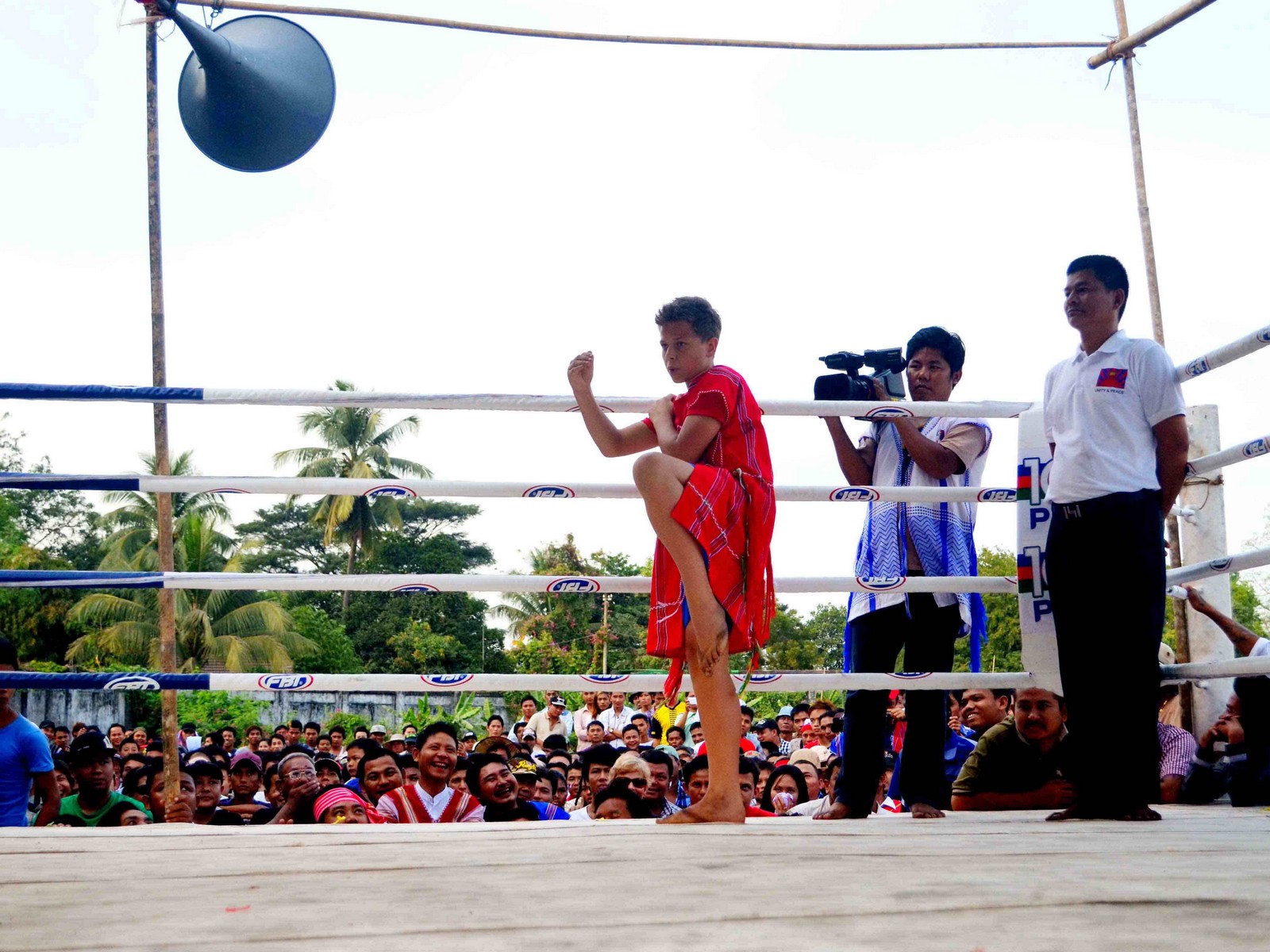
“Lethwei is part of the culture and lifestyle of Myanmar’s rural people, especially those from the Kayin and Mon states.”
In the 1950s, the unification of Lethwei across Myanmar began. Fighters were then encouraged to compete under rules that highlighted safety, as well as necessitated protective gear and a modern boxing ring – an obvious effort to render Lethwei more palatable to a new generation of audiences.
“Lethwei today is in essence the same. Before, the boxers had to fight till there was a winner and a loser. It sometimes took hours to see a result. Nowadays, professional fighters fight only five rounds. If there is no KO, TKO, or retirement, the result is proclaimed a draw. Basically, this new system is aimed at reducing permanent injury,” says Win Zin Oo.
The recent lifting of international trade sanctions previously imposed on Myanmar was a pivotal moment in Lethwei and martial arts history, which saw the world exposed and oddly enchanted by this brutal and simultaneously graceful martial art.
Despite its harsh nature, Lethwei values humility and respect above all, and Lethwei gyms have begun spreading all over the world, with foreign practitioners embracing it as an effective fighting skill and an homage to the wisdoms of traditional martial arts.
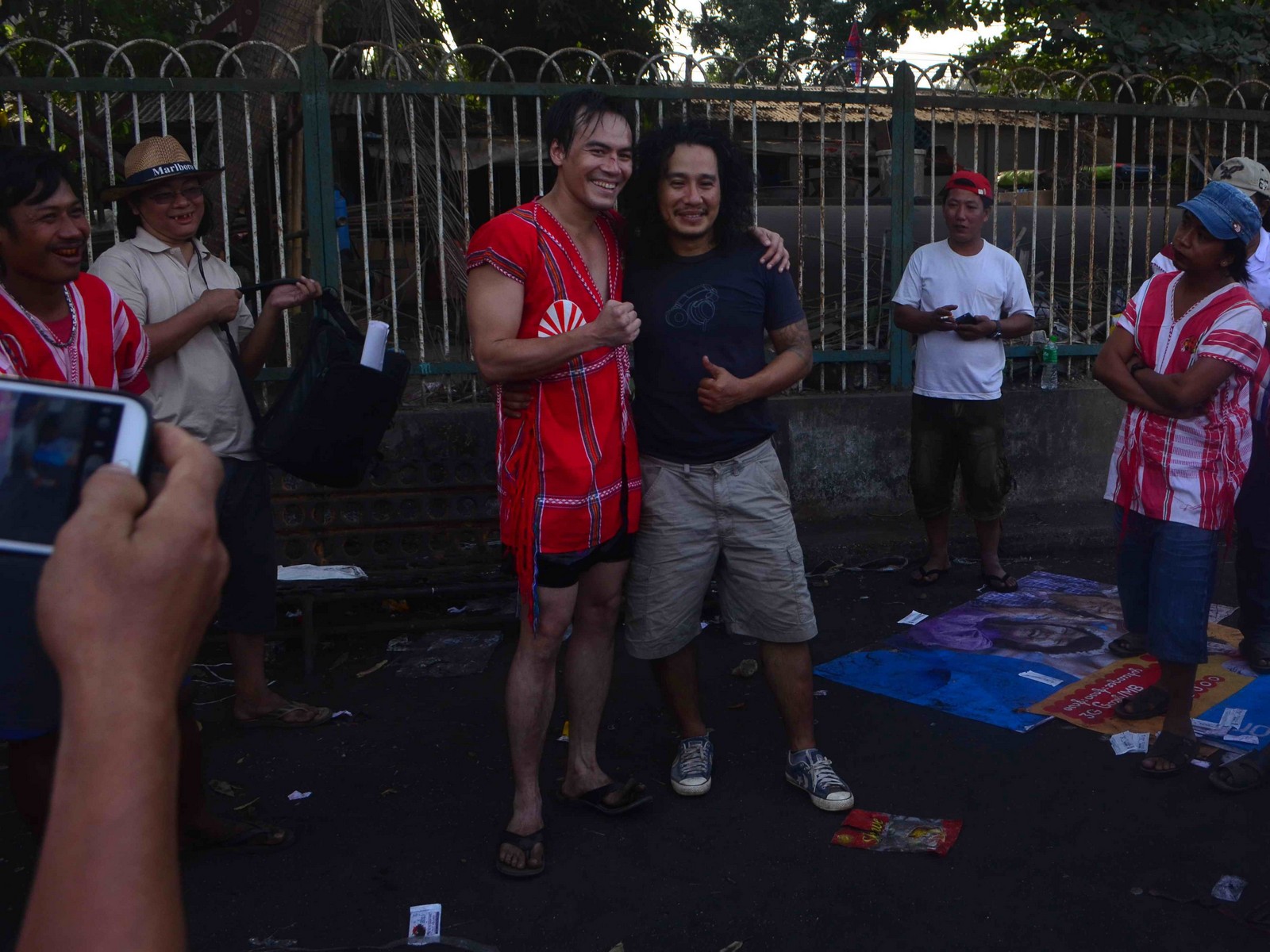
“One of the most effective and exciting standing fight systems which is not that known to the world, the philosophy of Lethwei is to be humble like a lamb in normal life, but to be brave like a lion in the ring,” says Win Zin Oo.
Sam Htut adds that “Lethwei fighters are some of the toughest and kindest fighters I have ever seen. In Lethwei, you will never see the kind of trash talking that the UFC has.”
Speaking of the UFC, another fast-growing sport that has also exhibited an undeniable ability to attract large audiences is mixed martial arts (MMA), which has crossed paths with Lethwei in recent times through ONE Championship, Asia’s largest MMA promotion.
In fact, this March ONE Championship will be returning to Yangon to hold a large-scale event named ONE: Union of Warriors, which will feature Myanmar’s very own “Burmese Python” Aung La N Sang and Lethwei fighters making the transition to MMA.
However, with ONE’s very different ruleset and strict safety regulations, the challenge would be for these Lethwei fighters to adapt this brutal art they’ve been watching and practicing for decades to modern MMA and a global audience.

While Myanmar martial artists are proud that Lethwei is now appreciated by a larger global audience, they also look forward to how the sport would evolve in the presence of global forces such as MMA.
An inevitable evolution of every martial art, the metamorphosis of Lethwei could also be seen to reflect the former military junta’s advancement and gradual acceptance of the ways of the outside world.
